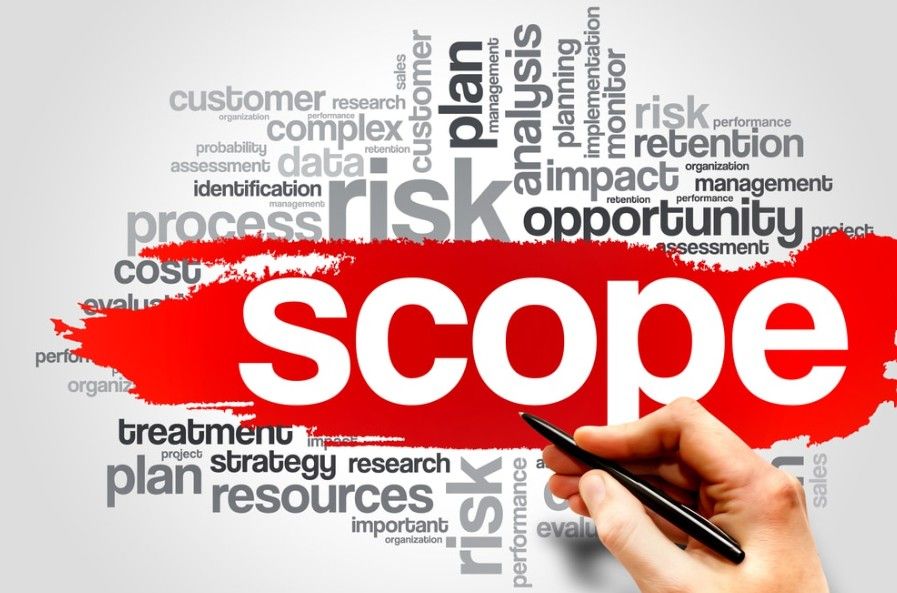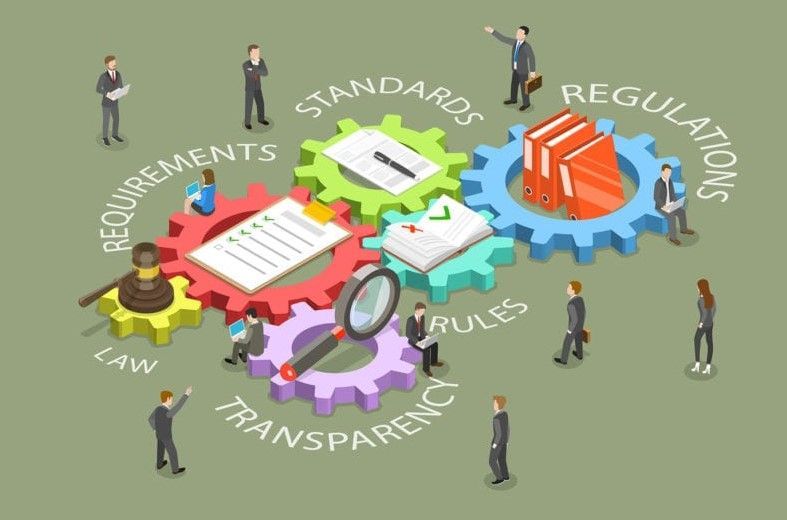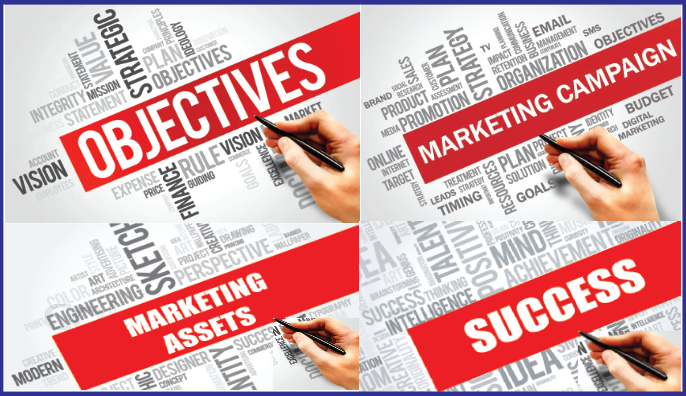Do You ‘Earn’ the Right to Close?
June 17, 2025
Do you earn the right to close? We find that probably 75 percent of salespeople and other business developers do not. They may think they do because they show up, ask a few “probing” questions, and make presentations—often elaborate ones—as if to say, “I’m here. Isn’t that enough?”
Showing up is of course essential—in fact, one rule of thumb people like to quote is that 80 percent of success in life is showing up, let alone in sales. But it’s not enough. What about the other 20 percent? The part that says, even if you’re on the court or the ice, you can’t score if you don’t shoot?
We believe that consultative selling can be defined as creating value during the sales process. That creating value gives you the right to close because you’ve earned it. And that’s the other 20 percent that the very best people know how to use. The question for every salesperson then is, how do you create value?
Ultimately, doing this successfully requires both a custom sales process, which can be created, and a high level of skill, which can be taught. Many business developers assume they can do these two things on their own without training. In our experience only about 20 percent can–and they’re the naturals. But the others either don’t realize what’s required, incorrectly assume they already are doing it, or just don’t know how to go about it. In other words, they don’t know what they don’t know. Even for the very best, however, essentially the same behaviors are key to their success—and, happily enough, those behaviors can be learned with the right training.
______________________________________________________________________
How Strong Is Your Sales Process?
Our practical sales-process check-up can pump up your productivity.
How good is your sales process, really? Is it as strong as the one used by the very best salespeople—the 20 percent who bring in 80 percent of sales? Find out with our new, hands-on sales process check-up. You’ll do your best to “sell” us your product or service, and we’ll give you a practical, productivity-boosting assessment on the spot. To shorten your sales cycle and increase the number of your wins and size of your deals, just call 847-446-0008-Ext. 1 or e-mail pkrone@productivestrategies.com. There are six selling months left in 2022 . That’s plenty of time to hit your targets—but only if you know how to use it. Set yourself up for success and get in touch with us now.
_______________________________________________________________________
But you can create value in many ways, even small ones, for example: Simply asking prospects about a problem might sound the alarm about an issue they weren’t aware they had or remind them of an issue they’d “been meaning to take care of.” They might not use your services or buy your product—this time. But you will have delivered value. In the future they might well recall that you’re not just “selling something” but are also doing a lot more: delivering value during the sales process that helps them whether they buy from you or not.
In addition, creating value during the sales process, we’ve found, is the most effective way to differentiate yourself. In fact, we’ve identified 20 different ways that sales people can create value for their prospects and customers. One of these is in fact helping prospects understand the problems they are experiencing that they don’t even know they have.
Unlike Tom Cruise in the movie Jerry Maguire , for most of us real life doesn’t include those magical “You had me at ‘Hello’” moments, especially in sales. We really need to know what to say after we say hello. And that’s where value is created.
Here’s an unusual but telling experience I had 20 years ago at the Winter Olympic Games in Salt Lake City. It’s a great example of showing up and creating value. I was driving with friends to one of the event venues. Unfortunately, traffic was at a standstill at our exit, and other vehicles raced by at alarmingly high rates of speeds looking for another way off. Suddenly, we realized not only that we might be late for the event but, if there were an accident, we might not make it at all.
Then we noticed a Good Samaritan at the side of the ramp wearing a suit and tie, which in those days was one way men “dressed up.” He had gotten out of his blue Lincoln Continental and was waving traffic on to the next exit. Since most of the drivers had no clue as to how far the next exit might be, a local on the scene to direct traffic was especially helpful.
Eventually, as we passed him, I asked my friend who it was. “That’s the head of the Olympic Games,” my friend answered and, as it turned out an aspiring politician who would later become a candidate for President.
What struck me then, though , was that whoever it was, as head of the Games he no doubt had hundreds of more important things to do and places to be. Why didn’t he just “call it in” and be on his way? That would have been easy and no doubt even more efficient. Or, why not just ignore it and focus on things with far-reaching implications for the Olympics and his political career?
But he didn’t do either of those things. He had already shown up, so to speak. What he did next was what all of us need to do as salespeople after we show up. He created value and, to his mind, the most important value he could create right then and there: Keep things running smoothly—just what he was supposed to do as head of the Games.*
If you’d like to know more about creating value , please get in touch at 847-446-0008 or pkrone@productivestrategies.com. We can talk about your sales challenges and goals, and then we’ll send you a few more ways to create value. We’ve helped thousands of salespeople, executives, and other business developers learn how to create customized value and earn the right to close, especially through our popular consultative selling course, FOCIS®.
*The Good Samaritan was in fact Mitt Romney, who would later run for President and, in 2019, become a US Senator from Utah.
The post Do You ‘Earn’ the Right to Close? appeared first on Productive Strategies, Inc..










